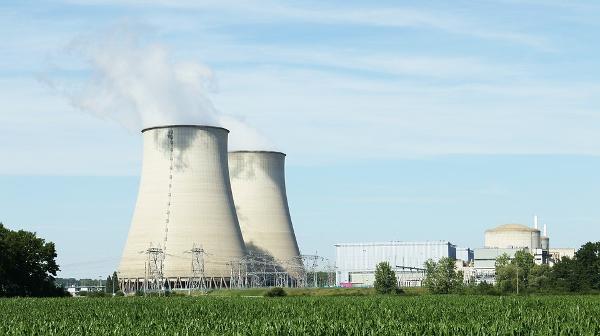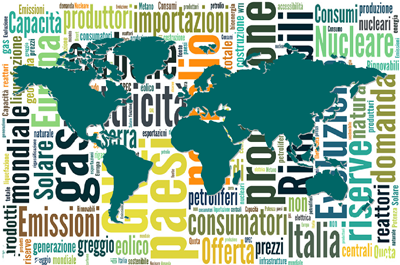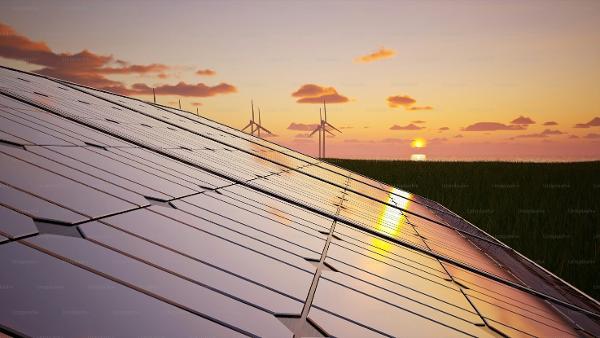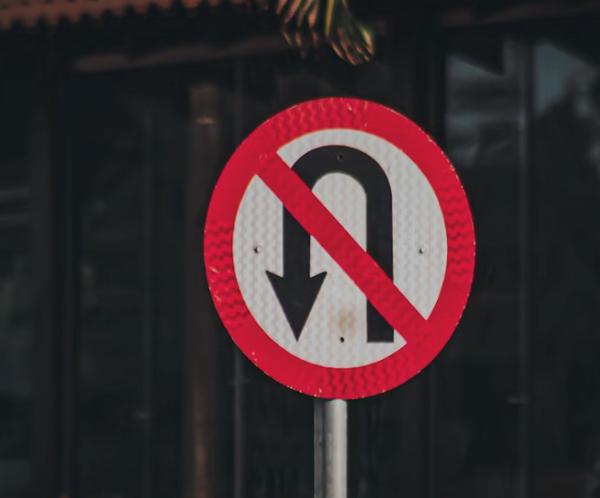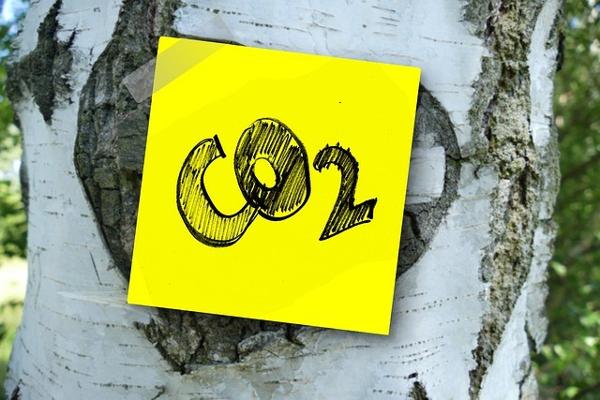Orders for new nuclear power plants have been in short supply for more than 30 years. This is despite a number of predictions that a renaissance in ordering, driven by new lower cost nuclear technologies and the need to replace fossil fuel generation with lower-carbon generation. With the majority of the world’s reactor near or beyond their design life and despite life-time extensions being allowed in some countries, the prospect is that nuclear capacity will begin to decline sharply as existing reactors are retired and are not replaced by new ones.
While the accidents at Chernobyl and Fukushima have not helped nuclear’s prospects, it is economic factors, the large and escalating construction cost of nuclear and the unwillingness of financiers to lend money for nuclear projects that are the main reasons for this scarcity of new orders. The major historic markets for nuclear power, Europe and the USA, seem unlikely to provide a significant number of orders in the next decade or two and their vendors are in disarray. So if the nuclear industry is to survive, it will be from orders in new markets, probably supplied by Russia or China or it might need new technologies not yet available for ordering.
The technologies
20 years ago, the economic target for nuclear was to be competitive with gas-fired generation and that was said to require a construction cost of only $1000/kW of capacity, a target that, in retrospect, nuclear had no hope of meeting. The scarcity of orders since then, especially those where the prices are reliably known, means it is not easy to estimate the construction cost now but it appears to be in excess of $7000/kW. With the current emphasis on greenhouse gas reduction, the real competitor to nuclear is increasingly renewables especially wind and solar, previously expected to be much more expensive than fossil fuel sources. However, rapid price reductions for renewables mean that renewables are, in some markets, competitive with fossil fuel and are scarcely an easier economic target for nuclear power.
Equally damaging to the credibility of nuclear power is experience in the past two decades with actually building the new designs. Well documented cost overruns and delays with the new designs offered by the dominant Western nuclear vendors, Westinghouse and Areva (which has now reverted to its previous name Framatome) were the main factors in the financial collapse of both companies. The two Areva European Pressurised Reactors under construction in Europe, Olkiluoto and Flamanville, are both more than a decade late and 3-4 times over budget. Of the four Westinghouse AP1000 reactors under construction in the USA, two (Virgil Summer) were abandoned after four years of construction because of high costs and delays while the completion of the other two (Vogtle) is in doubt for the same reasons. It may be that despite both companies being rescued from bankruptcy by new owners, their credibility as suppliers of reactors is irretrievably lost. This experience reinforced financiers’ judgement that nuclear projects were far too economically risky for them without strong protection from the risks.
This leaves Russia and China as the most likely vendors to win new orders. In both cases, for many markets, buying from these countries would be politically infeasible. Both emerged around 2007 as major markets for new reactors and later as vendors to supply the international market. Russia’s home market evaporated after only a handful of orders but Rosatom claimed the technology it was offering, AES-2006, met all the safety requirements imposed in Western Europe and the USA. Russia also offered to provide the finance needed and although the apparent construction cost was not much lower than that offered by Westinghouse and Areva, more than 30 export orders have been won, often to countries such as Egypt, Bangladesh and Turkey, with no commercial experience of nuclear power. Typically there has been a long delay, 5 years or more, from agreeing the deal and start of construction and construction work has only started on two of these orders, Turkey and Bangladesh. With only 1-2 years of construction at these sites it is too early to determine how smoothly things are going. Experience in Russia is not encouraging and all four reactors using this new technology have been at least 4 years late.
By contrast, China’s home market was huge for the period 2007-10, with 7 or more reactor construction starts per year. Despite this, nuclear still only accounted for about 4 per cent of China’s electricity by 2018. However, the vast majority of these use technology based on the design ordered by France in the 1970s, which clearly needed to be replaced. China’s plan was to import a small number of AP1000s (four reactors) and EPRs (two reactors) and indigenise the technology reducing costs to a level that would make them competitive in China. This has not happened and the imported plants have been uncharacteristically late and problematic by Chinese standards. This, and the Fukushima disaster also contributed a grinding halt to ordering in China from 2011 onwards and by 2019, despite continued government forecasts of a restart to construction, new orders continue to be rare. The issue is not just costs, but also growing public opposition particularly to building at inland sites – all existing orders have been for coastal sites – a stalling of electricity demand growth and dramatic reductions in renewables costs. Off-shore wind is the latest technology to profit with 40GW of orders, equivalent to the existing nuclear capacity in China, expected in the next few years. Around 2012, the two main Chinese vendors, CGN and CNNC, responded to the failure of the AP1000 and the EPR by launching their own advanced designs. The Chinese government required them to merge these designs to form the Hualong One and this seems likely to account for the majority of home orders and export offers for the next decade. However, strong efforts in a number of export markets have not resulted in new orders, apart from a couple of reactors to Pakistan. It is far from clear why Russia has been so successful in gaining export orders while China has had so little success despite China also offering project finance. If renewables out compete nuclear in the Chinese home market and nuclear wins few new orders in China, it is hard to see why China would continue to put much effort into gaining export orders.
The markets
Despite all the bad news on costs and construction, interest in nuclear power remains high in many countries. Around 2000, the prize markets for nuclear were the USA and the UK because of their prestige as pioneers of nuclear power. However, of the more than 30 reactors planned around 2010 for the USA, only four survived to firm order, all were economic disasters and it will be a long time before new orders for large reactors are contemplated. The UK planned 11 new reactors to be in operation by 2030 but of these, only two are going ahead (only one is actually under construction), another two are dependent on a form of finance yet to be approved, essentially treating the plants as monopoly facilities that the owners will be allowed to earn a defined rate of return on the investment cost. The other seven reactor projects have been abandoned.
Elsewhere in Western Europe, there appears little chance of any orders. In the Pacific Rim, Taiwan and Korea have reactor phase-out policies and Japan seems unlikely to get more than a handful of its existing reactors back into service after Fukushima, much less build new ones. This leaves a number of developing countries and countries in Eastern Europe as the remaining hopes. For developing countries, Russia’s and China’s offer of finance does seem to solve one issue but the high cost of the reactors for countries least able to afford expensive power may derail most of these plans.
Eastern Europe, especially Hungary, Poland, Czechia, Romania and Bulgaria keep coming back to the nuclear option despite continual failures to launch nuclear programmes in the past decade. Only Hungary has got as far as placing a firm order (with Rosatom) and high costs and the difficulties of finance make it hard to see why current efforts will be any more successful than previous ones.
New technologies
As always, when things are going badly for nuclear power, there are those that argue that the problem is the particular designs being pursued and that the answer is new technologies. The current frontrunner is Small Modular Reactors (SMRs). These are expected to produce less than 300MWe and will be built in factories as modules leaving only assembly to be done at the site. From a technology point of view, there are a wide range of designs, with some essentially scaled down versions of the Pressurised Water Reactors (PWRs) and Boiling Water Reactors (BWRs) that account for the majority of operating reactors. Others would use innovative technologies not yet commercially available and these are widely acknowledged to be a decade or more behind the PWRs and BWRs. The claim that building smaller will reduce costs is hard to believe given that throughout its history, the nuclear industry has scaled reactors up to reduce costs. The assumption of lower costs is based on a belief that building large numbers of small reactors using production lines would reduce costs. However, the validity of this claim can only be assessed when a large number of SMRs of a particular design have been built. This is likely to require large sums of public money to pay for design development and production line facilities and it is not clear whether governments will have the appetite to risk yet more public money on speculative technologies.

